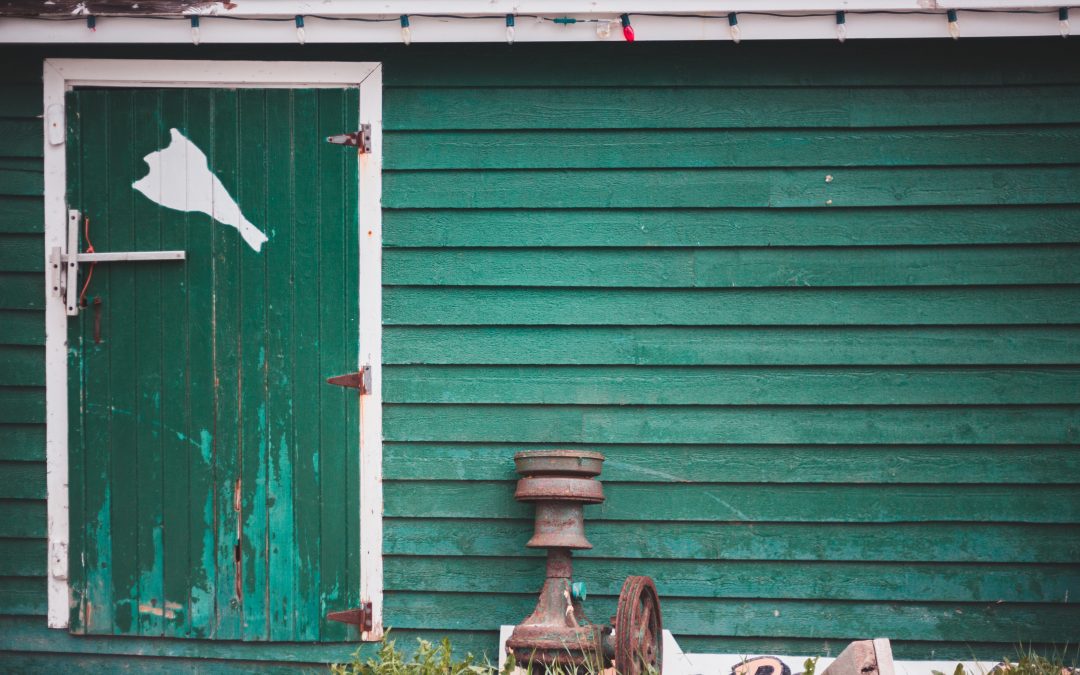If you have just bought your dream home on the Central Coast or are considering renovations, you might be wondering if your house has asbestos. If your home was built before 1990, you’re likely to find asbestos in at least one area. If you suspect so, testing and asbestos removal by a licenced team of experts is the safest way to go. But it’s always a good idea to educate yourself about asbestos and your options.
Asbestos is a tricky, dangerous material that, until very recently, was regularly used in the Central Coast and throughout Australia in construction. If bonded asbestos remains undamaged it doesn’t present an immediate health risk (although many homeowners prefer to have it removed for safety or valuation reasons anyway). However, if asbestos is damaged then asbestos fibres can become airborne. These fibres – almost invisible to the naked eye – can spread through the air and be inhaled, causing a host of serious and life-threatening illnesses such as lung cancer and mesothelioma. Asbestos can be damaged through weather events, the sunny and salty Central Coast climate, or simply with time.
While the use of asbestos was banned in Australia in 2003, you can still find asbestos products in many Central Coast homes, including brick, weatherboard, fibro and clad structures. Due to its ubiquitousness in the building industry before 1990, you could find asbestos hiding in plain sight, or where you least expect it.
These are some of the most common areas you might find asbestos in your home:
Roofing
Until about the 1980s, asbestos was commonly used as roofing material in Australian homes. As roofs are more exposed to the elements (sun, salt and wind), asbestos roofing is at particular risk of damage on the Central Coast. There is no legal requirement to remove or replace asbestos roofing in NSW if it has not been damaged. However, complete removal is safer for your family and neighbourhood, and is likely to have a positive effect on your property value.
Flooring
Asbestos backed flooring used to be commonplace in Australian houses. Padded asbestos sheets were laid underneath vinyl sheet flooring and vinyl tiles to increase the cushion-like feeling under foot. While there is less chance of asbestos flooring becoming airborne, the asbestos backing used in these areas was typically very high – even up to 100 percent! Professional removal of asbestos flooring is highly recommended to avoid exposure and may be legally required if the flooring covers a large area.
External Cladding
External cladding (the layer attached to the outside of your home for insulation and protection from the elements) was often a bonded asbestos product. That means it was mixed with a bonding agent (such as cement) and a relatively smaller amount of asbestos (usually about 15 percent). If the external cladding on your home is starting to show wear and tear, you should definitely get it checked out. Damage to the bonded asbestos means the fibres could become airborne.
Where else can I find asbestos in my house?
- Eaves – The underside of the roof that juts out and attaches to your house’s main building.
- Old electrical boxes – You can still find asbestos products (usually a black, resin-like board) in many electrical boxes of old houses.
- Fencing – If your fence was built before 1990 and has a capping that looks like the same material as the fence, it is likely to be asbestos.
You can even find asbestos in water pipes, thermal boards around fireplaces, and even in some common household appliances!
What do I do if I think I have asbestos in my house?
Identifying and removing asbestos is a difficult job – best left up the experts!
If you think you might have asbestos in your house get in touch to chat about your testing and removal options. After 15+ years serving the Central Coast we know what to look for and are committed to the health and safety of our community and environment.
